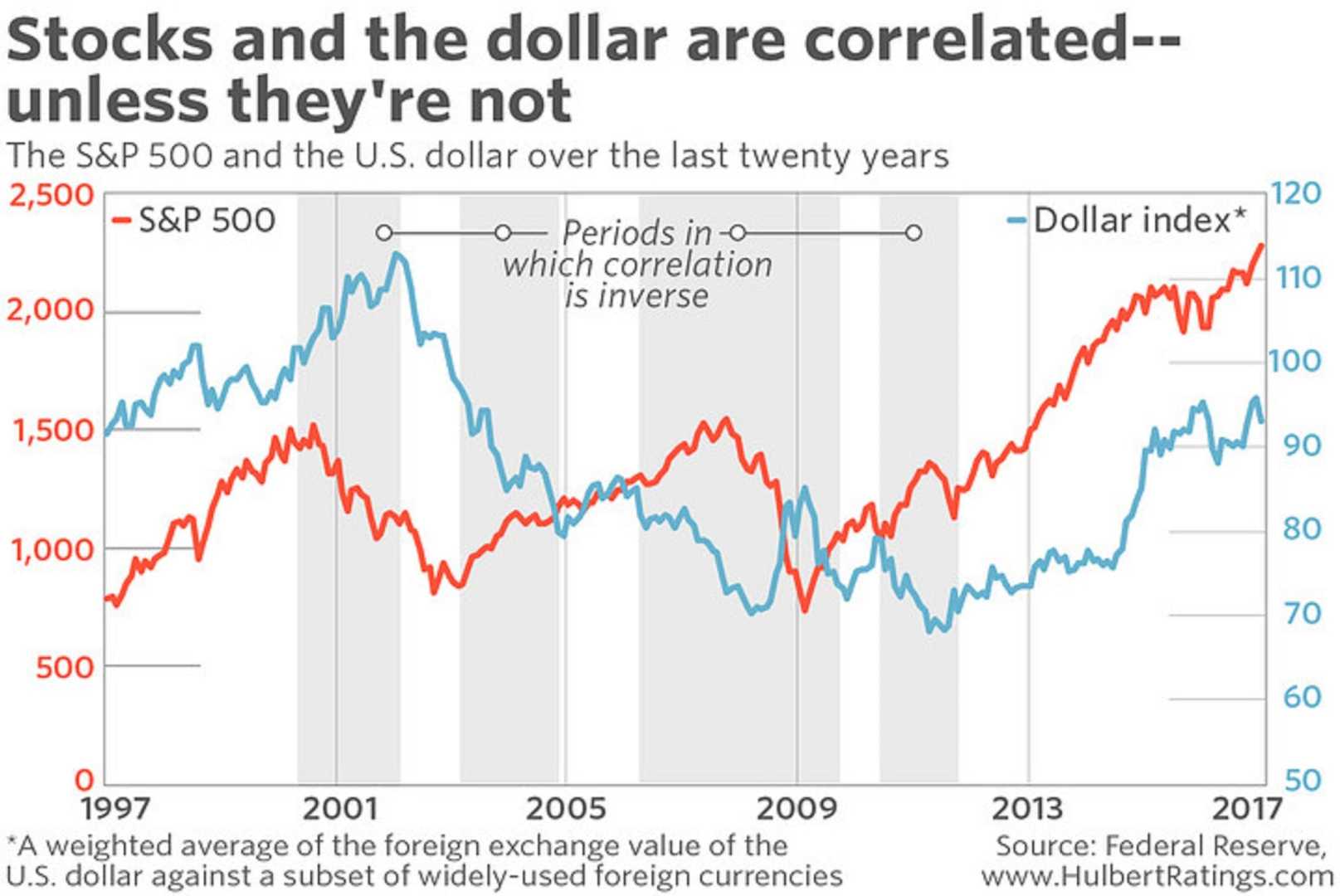Business
US Dollar Weakens Despite Fed Chair’s Warning on Inflation Risks

NEW YORK — The US Dollar Index (DXY) fell to 99.40 this week, even as Federal Reserve Chair Jerome Powell issued a hawkish warning over persistent inflation and economic slowdown, suggesting the potential for stagflation. This decrease indicates ongoing market apprehension regarding the dollar’s strength amid improving expectations for interest rate cuts.
The DXY’s decline follows recent labor market data, showing initial jobless claims dropped to 215,000, suggesting a resilient job market. However, continuing claims rose to 1.885 million, hinting at strain in employment levels. According to the CME FedWatch tool, traders are anticipating roughly 86 basis points in rate cuts by the end of 2025, with July marked as a potential timeline for the first adjustment. This has led to a bearish sentiment surrounding the dollar, overshadowing Powell’s warnings.
Inflation measures also reflect a slowdown, with March’s Consumer Price Index (CPI) registering a year-over-year increase of 2.4%, declining from previous estimates. Core CPI decreased to 2.8%, falling short of analysts’ forecasts. This data aligns with a broader market trend focused on easing price pressures, a factor putting further downward pressure on the dollar.
Technical analysts note the DXY’s struggle to break above key resistance levels. Currently, it is positioned below its 50-period exponential moving average (EMA) of $99.86, with challenging resistance noted at the 23.6% Fibonacci level of $100.17. If the DXY falls below $99.20, further support levels are projected at $98.71 and $98.23.
The British pound has shown resilience, trading around $1.3277, respecting an upward trendline that has held steady since early April. The 50 EMA stands at $1.3204, offering support near the ascending structure. Positive sentiment remains as traders target a potential move past the immediate resistance at $1.3334. Analysts suggest that a close above this level could facilitate advances toward $1.3387 and $1.3448.
In the vicinity of $1.1372, the euro is also consolidating, holding above its 50 EMA of $1.1333. As it continues to respect technical indicators such as the 23.6% Fibonacci retracement level at $1.1342, upside movement remains feasible if the pair sustains above $1.1417. However, any decline below $1.1342 could usher in price corrections toward $1.1260 and $1.1194.
Market watchers will be keenly focused on forthcoming economic data, amid a backdrop of geopolitical tensions exacerbating concerns over monetary policy decisions among central banks globally. As the dollar’s performance fluctuates, analysts continue to monitor developments closely, particularly regarding announcements from the European Central Bank and the implications for further monetary easing.












